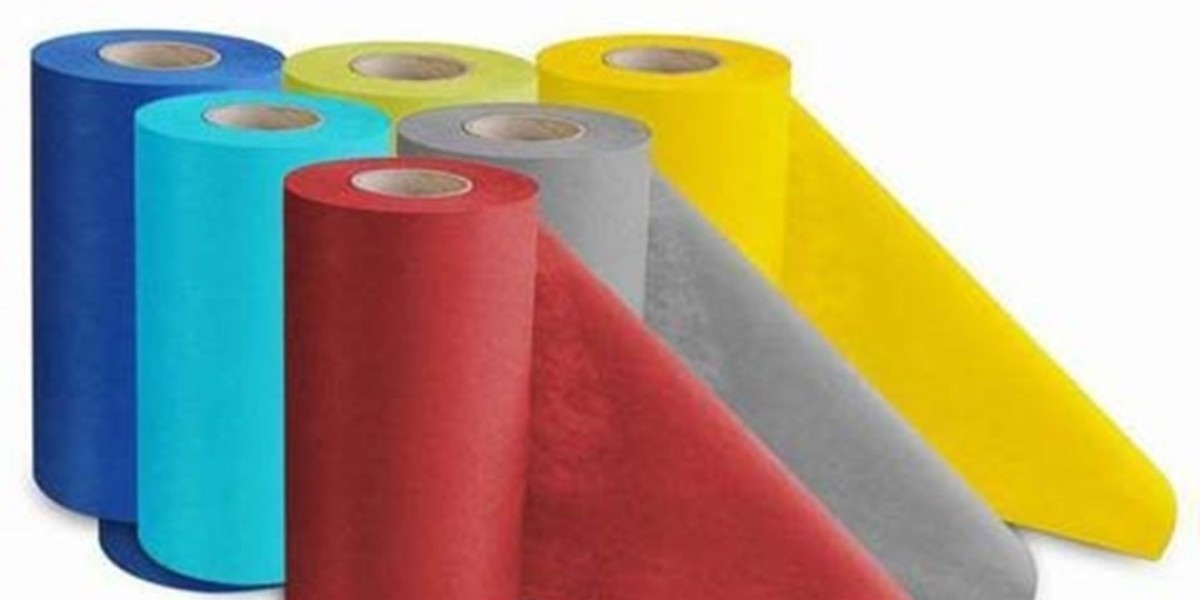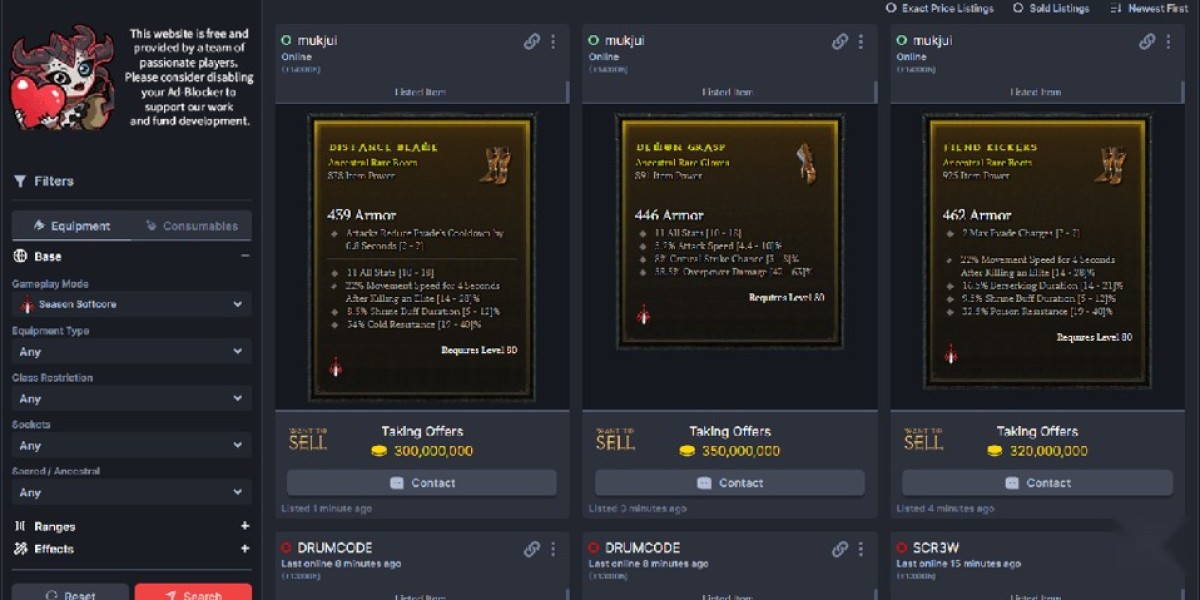Polypropylene (PP) Spunbond nonwoven fabric is a versatile, widely used material across various industries due to its unique characteristics. From healthcare to agriculture, it has become indispensable in everyday applications. This article will provide a detailed guide on Non Woven Cloth Manufacturer, its properties, uses, manufacturing process, and advantages, along with frequently asked questions (FAQs).
What is PP Spunbond Nonwoven Fabric?
PP Spunbond nonwoven fabric is a fabric-like material made from polypropylene, one of the most common thermoplastic polymers. Unlike traditional woven fabrics, nonwoven fabrics are produced by bonding fibers together through mechanical, chemical, or thermal processes, rather than weaving or knitting them. The spunbond method involves spinning the polypropylene polymer into fine filaments and then bonding them together to form a consistent, durable sheet of fabric.
Spunbond nonwoven fabric is known for its strength, flexibility, breathability, and resistance to moisture, making it ideal for a broad range of applications.
The Manufacturing Process of PP Spunbond Nonwoven Fabric
The manufacturing process of PP spunbond nonwoven fabric involves several steps:
Polymer Melting:
Polypropylene granules are melted at high temperatures, typically around 250°C (482°F), in an extruder. The molten polymer is then fed into the spinnerets.Extrusion:
The molten polypropylene is pushed through tiny spinneret nozzles, forming long continuous filaments. These filaments are rapidly cooled by air, solidifying them into fine fibers.Web Formation:
The newly formed filaments are laid randomly onto a conveyor belt in a web-like structure. This creates the base of the nonwoven fabric.Bonding:
The web is then passed through a thermal bonding process where heat and pressure are applied to bond the fibers together. This step creates the final PP spunbond nonwoven fabric sheet.Finishing and Rolling:
Once bonded, the fabric is processed according to the desired properties, such as adding a hydrophobic or hydrophilic finish, and then rolled for distribution.
This process results in a strong, uniform fabric that can be tailored to various thicknesses and weights, depending on the application.
Properties of PP Spunbond Nonwoven Fabric
PP Spunbond nonwoven fabric offers a range of beneficial properties:
Lightweight:
The fabric is exceptionally lightweight, making it easy to handle and ideal for use in various products like medical gowns and masks.Durability:
Despite its light weight, PP spunbond fabric is strong and durable, with excellent tear resistance.Breathability:
The fabric is breathable, allowing air and moisture to pass through, which is crucial for comfort in applications like medical garments and agricultural covers.Moisture Resistance:
PP spunbond fabric has hydrophobic properties, making it resistant to moisture, liquids, and other substances.Chemical Resistance:
Polypropylene is resistant to many chemicals, making it suitable for industrial applications where exposure to hazardous substances is common.Non-Toxic and Recyclable:
The fabric is non-toxic, making it safe for human contact, and it is recyclable, contributing to sustainability efforts.UV Resistance (Optional):
UV stabilization can be added to make the fabric resistant to sunlight, increasing its durability in outdoor applications.
Applications of PP Spunbond Nonwoven Fabric
Due to its unique properties, Non Woven Textile Manufacturers is used in a wide variety of applications across multiple industries. Here are some of the most common uses:
1. Medical and Healthcare
The medical industry relies heavily on PP spunbond nonwoven fabric for disposable medical supplies, including:
- Surgical masks
- Gowns
- Drapes
- Caps
- Shoe covers
These products benefit from the fabric’s breathability, moisture resistance, and disposable nature, ensuring hygiene and protection.
2. Hygiene Products
In the hygiene sector, PP spunbond fabric is used in products such as:
- Diapers
- Sanitary napkins
- Wet wipes
The fabric’s softness, lightweight, and non-toxic properties make it ideal for products that come in direct contact with the skin.
3. Agriculture
PP spunbond nonwoven fabric is widely used in agriculture for:
- Crop covers
- Weed control mats
- Greenhouse shading
Its UV resistance and ability to protect plants from extreme weather conditions and pests make it an effective solution in modern farming.
4. Furniture and Upholstery
In the furniture industry, PP spunbond nonwoven fabric is used for:
- Mattress covers
- Sofa linings
- Carpet backing
Its durability and resistance to wear and tear make it an excellent choice for these applications.
5. Packaging
PP spunbond nonwoven fabric is used in the packaging industry for:
- Shopping bags
- Reusable tote bags
- Packaging wraps
These products benefit from the fabric’s strength, lightweight, and reusability, contributing to eco-friendly packaging solutions.
6. Industrial Applications
Industries use PP spunbond fabric for a range of purposes, including:
- Protective clothing
- Geotextiles for construction
- Filtration media
Its chemical resistance and durability make it suitable for harsh industrial environments.
Advantages of PP Spunbond Nonwoven Fabric
PP spunbond nonwoven fabric offers numerous advantages, which make it a preferred choice in multiple industries:
- Cost-Effective: The fabric is economical to produce, making it a cost-effective solution for mass production.
- Customizable: It can be customized in terms of thickness, color, and finish to suit specific applications.
- Eco-Friendly: Since it is recyclable, PP spunbond nonwoven fabric helps reduce waste and supports environmental sustainability.
- Disposable and Hygienic: The fabric is perfect for disposable items in medical and hygiene applications, ensuring cleanliness and minimizing contamination risks.
Conclusion
PP spunbond nonwoven fabric has transformed various industries with its versatility, durability, and cost-effectiveness. Its applications span from healthcare to agriculture, packaging, and industrial uses, making it an indispensable material in modern-day manufacturing and production. With its numerous benefits, including being lightweight, breathable, and recyclable, Non Eoven Fabric Manufacturing continues to play a critical role in sustainable and innovative solutions across the globe.
FAQs About PP Spunbond Nonwoven Fabric
1. What is PP spunbond nonwoven fabric made of?
PP spunbond nonwoven fabric is made from polypropylene, a thermoplastic polymer. The fabric is produced by spinning the polymer into continuous filaments and bonding them to create a strong, nonwoven material.
2. Is PP spunbond nonwoven fabric biodegradable?
No, PP spunbond nonwoven fabric is not biodegradable. However, it is recyclable, which makes it an eco-friendly option for reducing plastic waste.
3. How long does PP spunbond nonwoven fabric last?
The lifespan of PP spunbond nonwoven fabric depends on the application and environmental exposure. For example, UV-resistant variants used in agriculture can last up to several years, while those used in disposable medical products are designed for single-use purposes.
4. What are the common uses of PP spunbond nonwoven fabric?
PP spunbond nonwoven fabric is commonly used in medical supplies (gowns, masks, and caps), hygiene products (diapers and wipes), agriculture (crop covers and weed control), furniture (mattress covers and upholstery), and packaging (reusable bags).
5. Can PP spunbond nonwoven fabric be washed and reused?
While PP spunbond fabric is durable, most of its applications, particularly in medical and hygiene products, are intended for single use. However, it can be reused in certain applications, like tote bags or furniture covers, as long as the fabric remains intact and clean.


